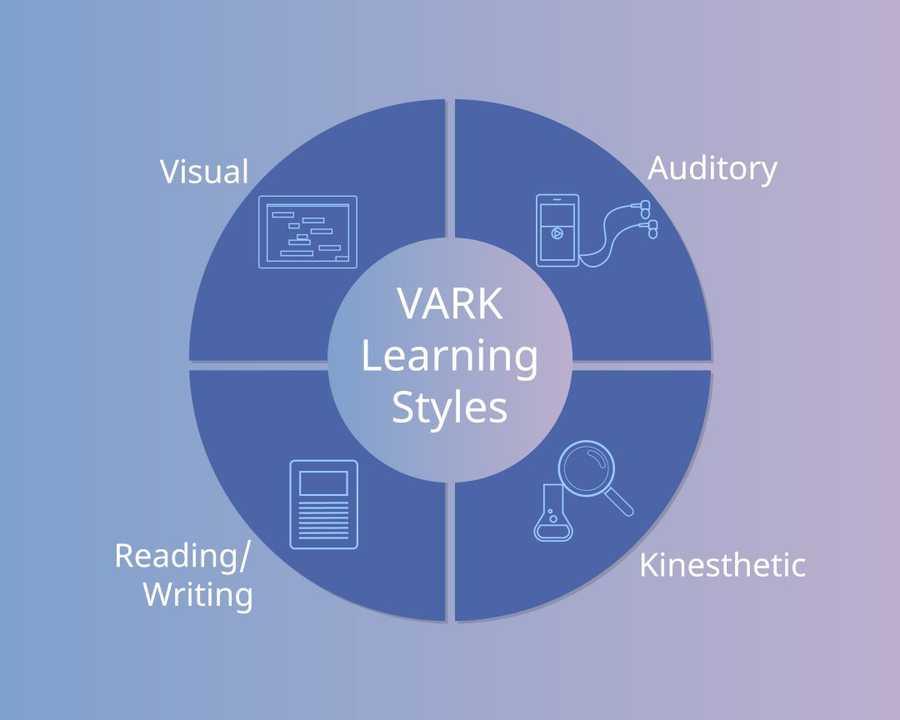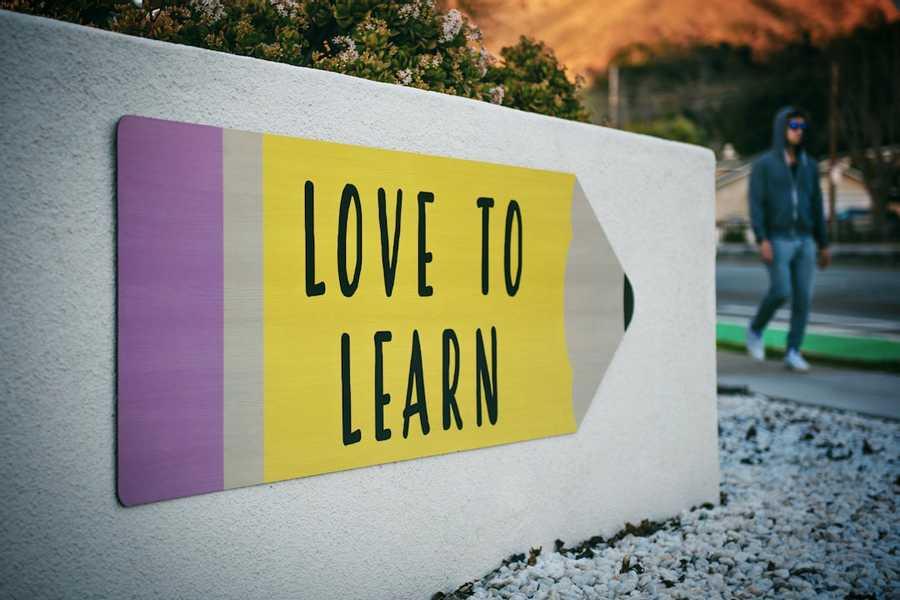The Elements of Learning Style
There is a grain of truth to the myth. Namely, people do differ in their abilities and preferences. The VARK learning model, for example, classifies people as either visual, auditory, reading/writing, or kinesthetic (hands-on) learners. Each method is part of the learning process, and people will have their favourites. Such preferences are as true in education as anything else in life.
Many proponents believe learning styles are inheritable, emerge early in childhood, have a physiological basis, predict learning outcomes, and are immutable.
32
230 reads
The idea is part of this collection:
Learn more about personaldevelopment with this collection
Conducting market research
Analyzing data to make informed decisions
Developing a product roadmap
Related collections
Similar ideas to The Elements of Learning Style
4. DISCOVER YOUR LEARNING STYLE.
Most of us have a preferred way of learning. Get to know the learning style you're most comfortable with and study in the ways you learn best.
Try each of these out and see which ways you prefer.
- Auditory learners prefer to learn by listening. Try reading your ...
4. Discover your learning style
Most of us have a preferred way of learning. Get to know the learning style you're most comfortable with and study in the ways you learn best.
Note that these styles are just a way to think about diffent studying techniques – they're not hard and fast rules that say you should only study in...
Read & Learn
20x Faster
without
deepstash
with
deepstash
with
deepstash
Personalized microlearning
—
100+ Learning Journeys
—
Access to 200,000+ ideas
—
Access to the mobile app
—
Unlimited idea saving
—
—
Unlimited history
—
—
Unlimited listening to ideas
—
—
Downloading & offline access
—
—
Supercharge your mind with one idea per day
Enter your email and spend 1 minute every day to learn something new.
I agree to receive email updates

